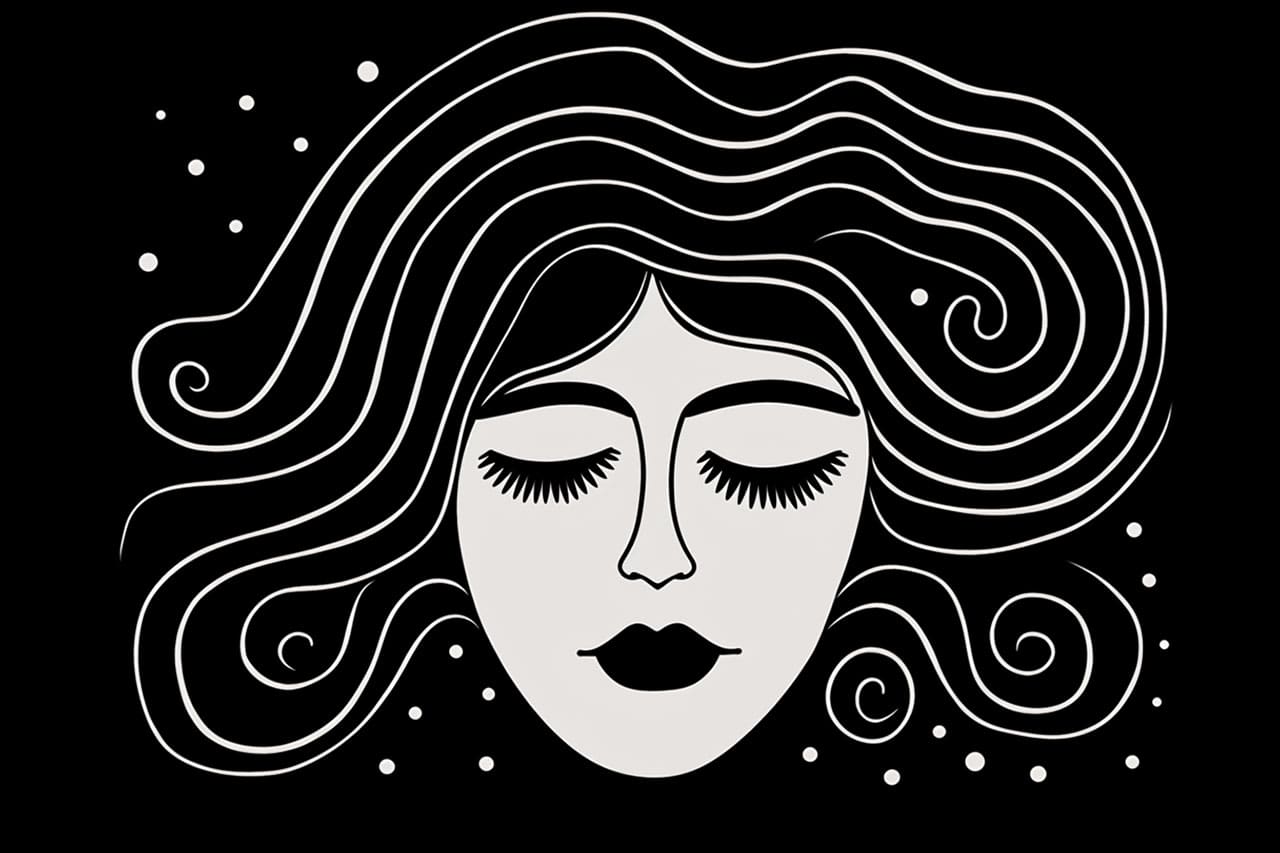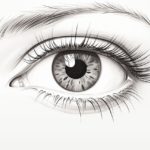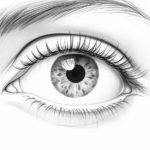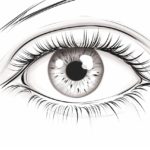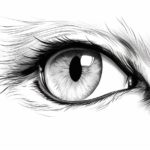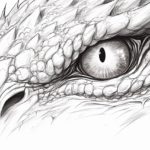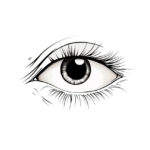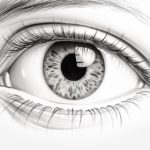Introduction
Drawing closed eyes can be a challenge, but with some practice and a step-by-step approach, you can master this important skill as an artist. Closed eyes convey a variety of emotions and add depth and realism to your artwork. In this article, we will guide you through the process of how to draw closed eyes, providing clear instructions and tips along the way.
Materials Required
To get started on drawing closed eyes, you will need the following materials:
- Drawing paper
- Pencils (HB, 2B, and 4B)
- Eraser
- Blending stump or cotton swabs
- Reference images for inspiration
Now that you have your materials ready, let’s dive into the step-by-step process of drawing closed eyes.
Step 1: Sketch the Basic Eye Shape
Begin by lightly sketching the basic shape of the eye using an HB pencil. Start with an oval shape for the eye, keeping it slightly tilted to add a natural look. Make sure to leave some space above and below the eye for the eyelids.
Step 2: Define the Eyelids
Using a 2B pencil, carefully draw the upper and lower eyelids, following the shape of the eye. Pay attention to the curves and contours of the eyelids, as they will determine the character of the eyes. Remember that the upper eyelid is usually thicker and more prominent.
Step 3: Add the Iris and Pupil
Within the sketch of the eye, lightly draw a circle for the iris. The size of the iris will depend on the level of eye closure. Generally, a smaller and partially covered iris will create the impression of closed eyes. Inside the iris, draw a tiny circle or dot for the pupil.
Step 4: Shade the Iris and Pupil
Using a 4B pencil, shade the iris and pupil to give them depth and dimension. Start with light shading and gradually build up to achieve the desired darkness. Leave some areas lighter to indicate reflections or highlights.
Step 5: Create Eyelashes
To make the closed eyes appear more realistic, add short, curved lines along the upper and lower eyelids to represent eyelashes. These lines should be thicker and more defined along the upper eyelid.
Step 6: Define the Eyebrows
Eyebrows play a crucial role in the overall expression of closed eyes. Using quick, light strokes, sketch the eyebrows just above the upper eyelid. Ensure that the shape of the eyebrows complements the closed eyes and conveys the desired emotion.
Step 7: Add Shadows and Highlights
To bring more depth and contrast to the eyes, add shadows and highlights. Use a combination of light and dark shading to define the areas around the eyes, including the eyelids, brow bone, and under the eyes. Pay attention to the direction of light source and how it influences the shadows and highlights.
Step 8: Blend and Refine
Using a blending stump or a cotton swab, gently blend the shading you have added to the eyes. This will create smoother transitions and a more realistic appearance. Take your time to refine the details, making sure the eyelids, eyebrows, and eyelashes are well-defined and proportionate.
Conclusion
Drawing closed eyes can be a rewarding experience as an artist. By following these step-by-step instructions and practicing regularly, you will gradually improve your ability to capture the beauty and emotion of closed eyes in your artwork. Remember to observe real-life examples and reference images to enhance your understanding of different eye shapes and expressions.
Now that you have learned the process of drawing closed eyes, it’s time to grab your pencils and paper and start practicing. With time and dedication, you will become proficient in this essential skill. Happy drawing!

